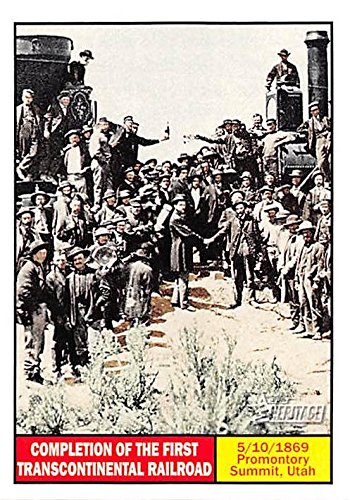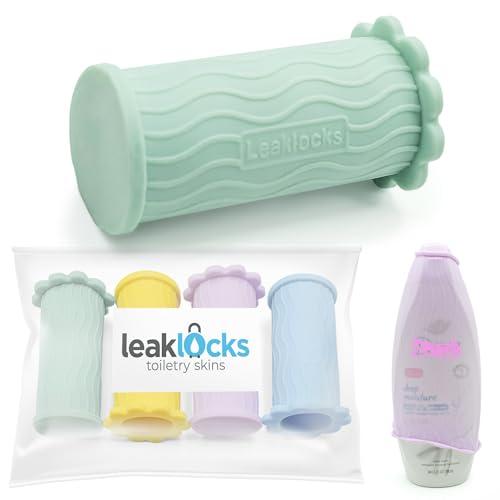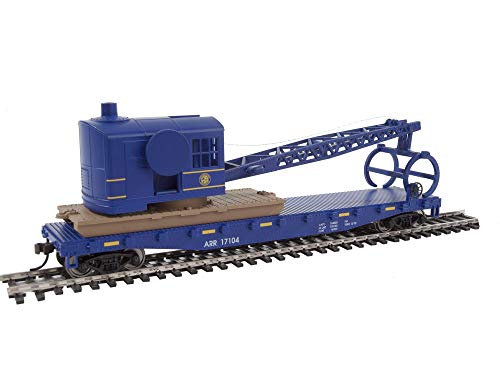That substitution happens a lot on 448/449. I once rode a 72- seat Amfleet-1 in Acela-blob livery in 2003 out of Chicago. In 2017, when there was a half-business car on 448/449, the adjacent coach was labeled "Business Class", a 60-seat Amcoach-1, which confused passengers as to which car the actual business class was.
Turning half the seats forward for the special assignment would be a 5 minute job, but Hapless-Amtrak can no longer do that.
I am waiting for them to inappropriately stick a Venture coach on a Borealis, Chicago being in perpetual triage.
Turning half the seats forward for the special assignment would be a 5 minute job, but Hapless-Amtrak can no longer do that.
I am waiting for them to inappropriately stick a Venture coach on a Borealis, Chicago being in perpetual triage.

























































